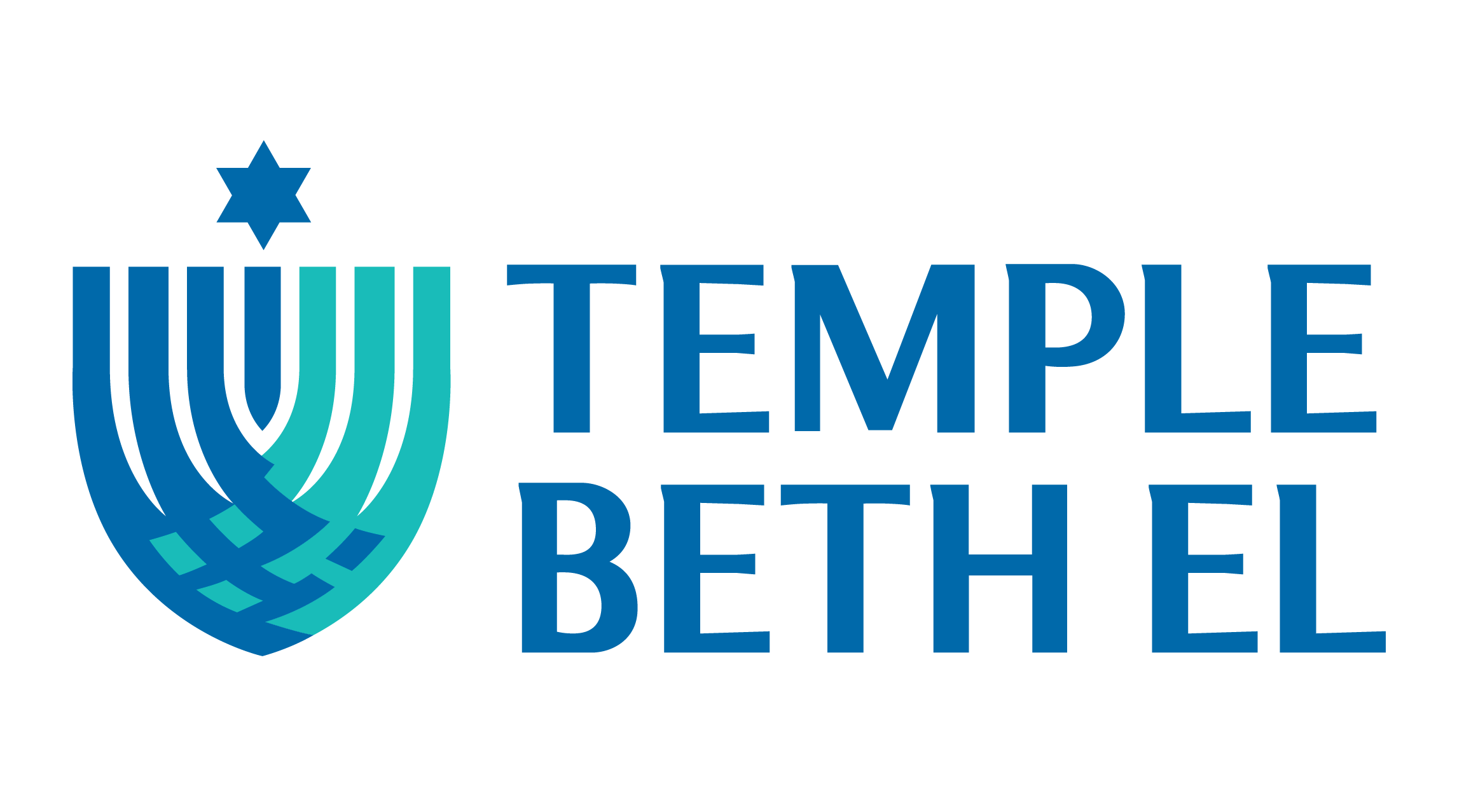The moon is growing again as I sit down to write this article on July 28th 2020, on “erev erev” Tisha b’Av. While these words are due in the next 24 hours, you will not read them until the beginning of September. I have always struggled with the need to offer words that have a built-in delayed “date of first read,” but this year the due date feels particularly precarious. Four and a half months into a pandemic whose deleterious effects show no sign of slowing, it feels close to impossible to plan more than a week out, much less a whole month!
And yet. The sun rises and sets, the moon waxes and wanes. The Hebrew calendar, as Rabbi Alan Lew notes, “is the only calendar in the world that is both lunar and solar,” and it has no regard for pandemics. Our Hebrew calendar has traversed pandemics, and countless other tragedies, before. Our holiday cycle refuses to be postponed or rescheduled. And so, as did centuries of ancestors before us, we create, we transform, we adapt.
At Temple Beth El, and in synagogues across the world, we have worked to build a set of experiences that enable as many people as possible to engage meaningfully with the various aspects of the High Holy Days – sounds, sights, and even smells. This year we are doing it a little differently.
We create: In Elul, as we attend to our teetering souls, Rabbi Nichols and Cantor Thomas have developed the Elul Journalling Project, a daily tool for reflection to help us all prepare to enter 5781. Each morning, you will find a quote and a prompt posted on social media. Perhaps you read the questions each day and meditate on your answer, or perhaps you actually put pen to paper, or simply repost. We hope you will use these images and questions to help guide your heshbon hanefesh, your yearly soul check-in.
We transform: In addition, we have put together a congregational book read of Rabbi Lew’s book “This is Real and You are Completely Unprepared.” The book walks readers through each component of the full 2+ month arc of the High Holy Day season, from Tisha b’Av all the way through Sukkot. Join us for half-hour check-ins on Tuesday nights throughout the holiday season – more information is available on the Temple Beth El online calendar.
And we adapt: We are not the first Jews to do this. In fact, we are enacting the very principles that led the early rabbis to craft the Mishna. In the wake of the destruction they envisioned a new way of being Jewish that roots us in our own homes. Without the Beit haMikdash, the Holy Temple in Jerusalem, these spiritual leaders re-envisioned the concept of mikdash, holiness in sacred space. They invited Jewish people throughout the then-nascent diaspora to see their own home as a mikdash me’at – a small sanctuary.
Over 2000 years later, we are being called to do the same.
And so, as we prepare for the High Holy Days this year, I invite you to join us in this transformation. Like the rabbis of the Mishna, we will not be in our Temples this year; we have transitioned our physical space online (check out www.tbecltgateway.com to access resources, services, and more!)
How might you transform your home into your own mikdash me’at, your own “small sanctuary”? How might you mark this time of the year as special and sacred? As one idea, check out the poster, printed in this CJN issue. The words on the poster, from the book of Exodus, read: “V’asu li mikdash v’shachanti b’tocham – Make for me a sanctuary, that I may dwell amongst them.” God speaks these words to the people of Israel as they prepare to build the Tabernacle, a first physical sanctuary for God’s presence.
We hope you will use that poster to sanctify your home prayer space this year. However you choose to create sanctuary for yourself in this High Holy Day season, we pray that you feel God’s presence dwelling in your midst.



